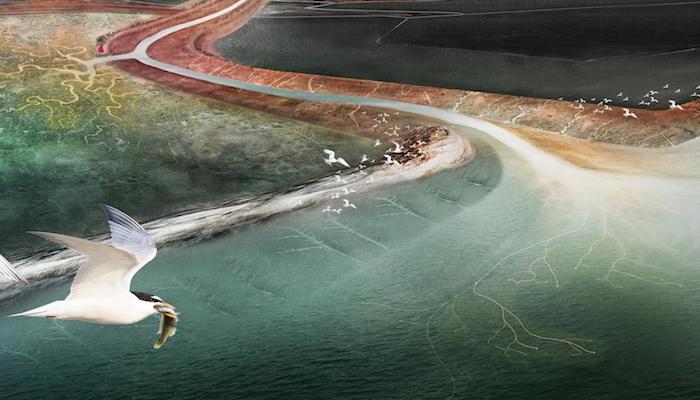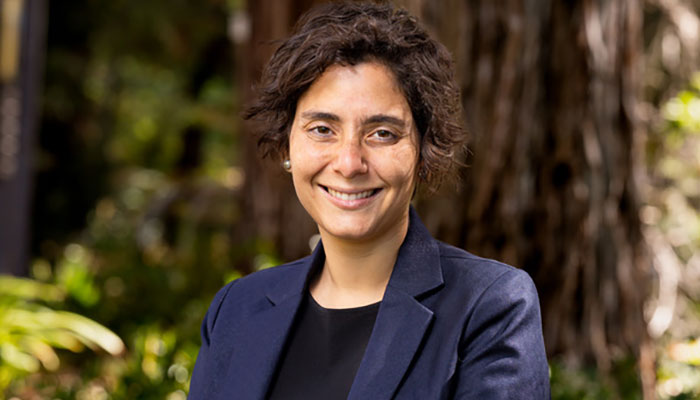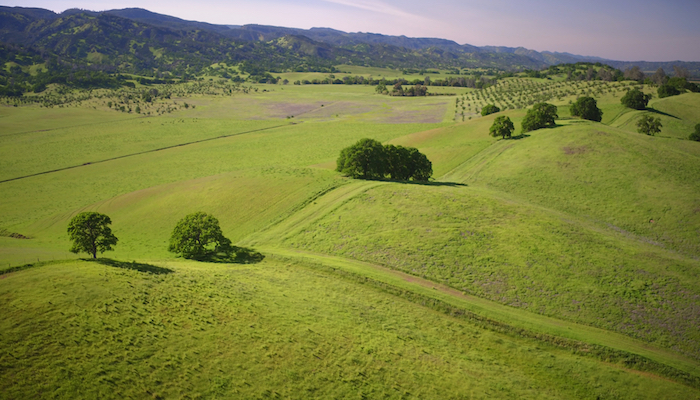Project to Restore Natural Flow of Alameda Creek Receives $31.4 million Grant
by Jeffrey Day
Work to restore the natural flow of Alameda Creek into the San Francisco Bay involving two design department faculty is moving forward with $31.4 million from the State of California.
Alameda Creek flows though the cities of Fremont, Union City and Newark before entering the bay. The sediment it deposits in the bay has helped create marshes that protect areas from flooding and provides natural habitat for wildlife. However, sediment flow and access has decreased dramatically since channels, levees and pumps were installed in the creek and its floodplain starting in the 1950s to halt flooding in residential areas.
The funded project, Public Sediment: Unlock Alameda Creek, envisions returning a more natural flow to the would also make the creek more accessible to the local residents for recreation and education.
Brett Snyder and Beth Ferguson, faculty in the Department of Design in the College of Letters and Science, began working on Public Sediment two years ago. It was one of about 50 proposals submitted and one of nine selected for Resilient by Design: Bay Area Challenge, a project aimed at strengthening the region’s resilience to sea level rise, severe storms, flooding and earthquakes.
Public Sediment is the first of the Resilient by Design projects to receive significant funding for implementation. The funding and how it will be allocated will be overseen by the Alameda Creek County Flood Control and Water Conservation District.
Public Sediment is led by SCAPE Landscape Architecture partnering with design and consultancy firm Arcadis, the Dredge Research Collaborative, and landscape architecture and urban design firm TS Studio, and the California College of Arts. State Senator Bob Wieckowski (D-Fremont) secured the funding. Other UC Davis faculty on the team are Claire Napawan, chair of the landscape architecture and environmental design program, and Brett Milligan, associate professor of landscape architecture.
Read the original post on the College of Letters and Sciences
Latest News & Events















